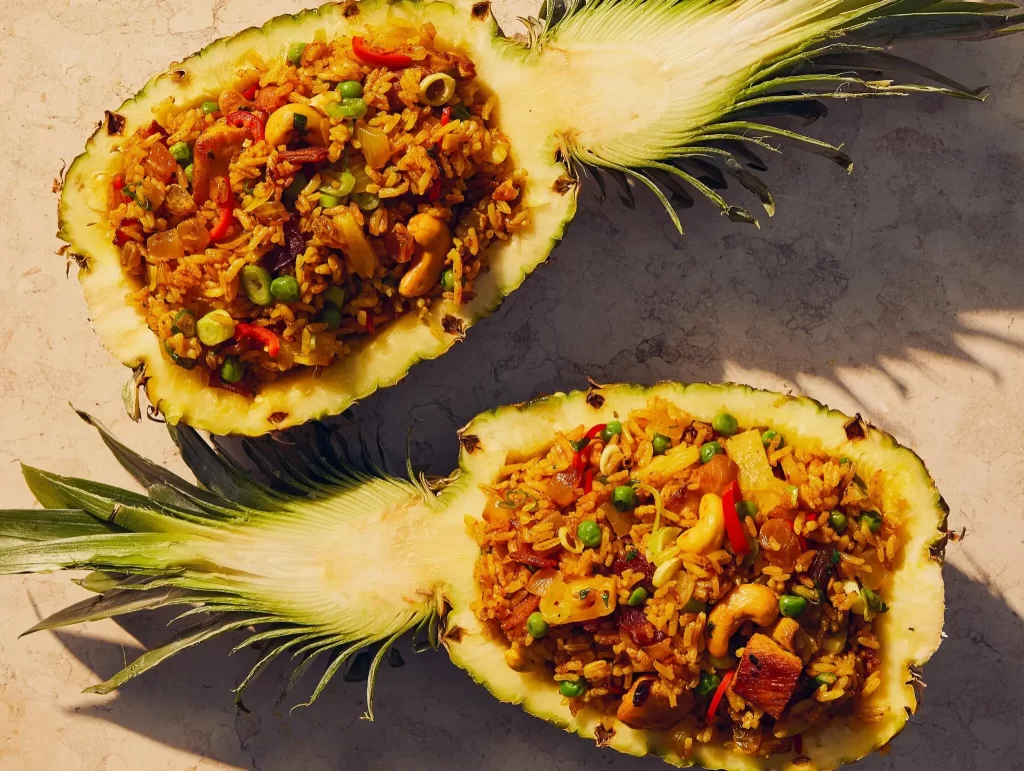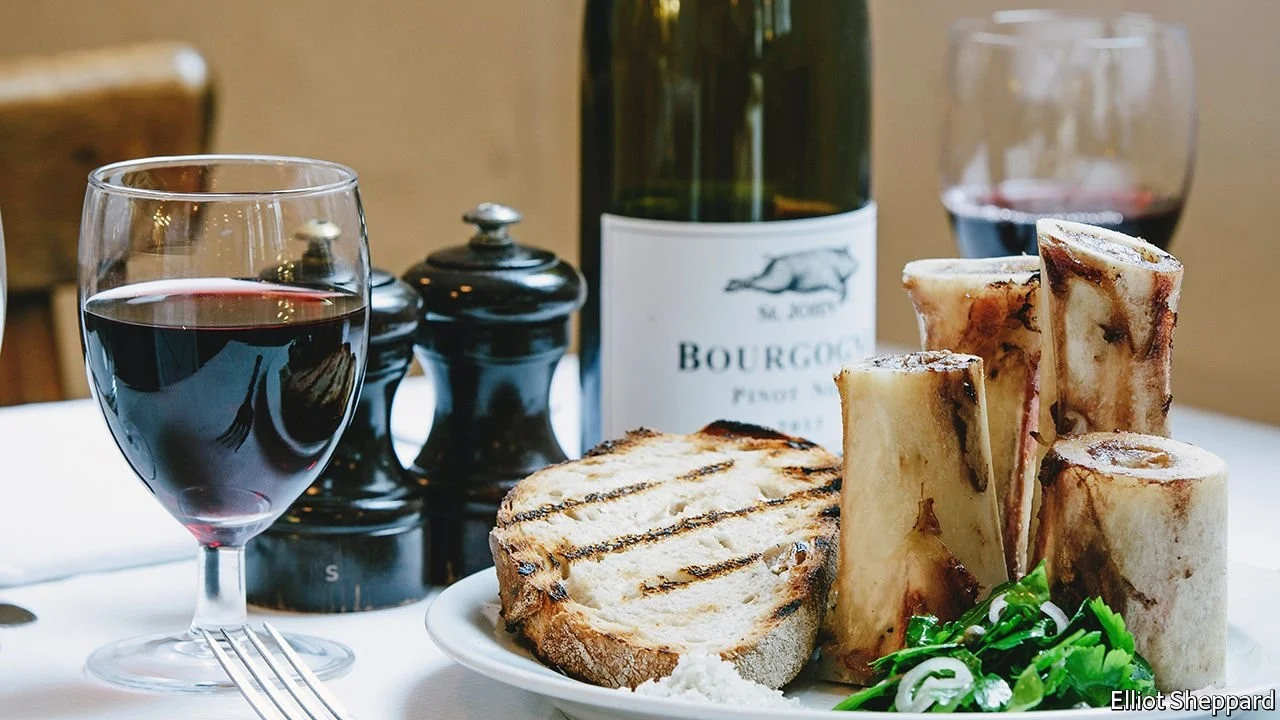
Vilailuck Teigen has lost many of her purses to chile spills. Teigen, known adoringly to her fans as Pepper, always keeps on her person bird’s eye chiles from her native Thailand — either in whole or powdered form. That way she is never more than a swipe away from the kind of blazing heat that makes, say, a drive-through hamburger taste more enticing between bites. Pepper loves all peppers, but none more than these tiny red ones, which are so hot they trick the smoke alarm whenever she roasts them in the oven for the chile powder that adds both earthiness and heat to her food. As she writes in “The Pepper Thai Cookbook,” “If you have an oven hood fan, turn it on.”
Recipe: Pineapple Fried Rice
The 2021 book was a best seller, but the greatest fans of her food might be her daughter Chrissy Teigen and her family, with whom she lives in Los Angeles and cooks for almost every day. In fact, Pepper came to public notice when Chrissy shared her mother’s recipes in her 2016 cookbook, “Cravings.”
In many kitchens across the United States, pepper often follows the word “salt,” referring to one type of black peppercorn that serves as a common base note. But for Pepper, there’s a whole world of pepper — chiles and berries that can move together as an overture in cooking — apotheosized especially in her hot and sunny recipe for khao pad sapparod, pineapple fried rice.
Pepper’s decorous version calls for four kinds of pepper: the aforementioned roasted Thai chile powder (just a dash, it’s hot); a healthy two tablespoons of aromatic curry powder (which often features ground chiles like paprika or cayenne); one whole teaspoon of musky ground white pepper (which lends a numbing, tingling savoriness); and a couple of fresh red peppers like Fresnos or bells (for color more than spice). On swapping any of these peppers out for another type you have in your pantry, she said to me, “It’s fiiine,” drawing the second word with an utter coolness.
For the full Pepper experience, I wouldn’t substitute a thing. Chiles lend a fruity dimension as well as heat. The dish will also perfume your kitchen, your house, your entire being, with the sweet, golden aromas of curry powder and caramelized pineapple and the warmth of white pepper and dried red chiles — a reminder that there’s more to life than black pepper.
Serving the rice inside a hollowed-out pineapple is optional, but if you’re going that route, remember there’s a core; score around it on both sides and scoop out the flesh, sort of as if you’re creating a fashion runway from the root to the stem. “When I came to the U.S. in the 1980s,” Pepper writes, “Thai restaurants in America were already coming up with dishes that were fancier and more over the top than anything I grew up eating back home.”
The word “fancy” comes up a lot for Pepper when talking about pineapple fried rice. It’s true that the dish is a more flamboyant rendition of simpler fried rices in the Thai canon. Fried rice is, in many cultures, a meal intended to use up leftovers from the fridge. The dissonance of pineapple fried rice, then, is not lost on Pepper: “Whoever came up with a way to get people to pay more for fried rice by putting it inside a pineapple is a genius!” And Pepper’s version, though inspired by modern restaurant takes on the dish, is informed by her expertise as a home cook.
When Pepper was growing up outside the Thai city Korat, her mother worked as a street vendor on weekends and a school lunch lady during the week. Every morning, before class, Pepper helped her peel hundreds of papayas, potatoes and pumpkins. She remembers sorting squid and pressing coconuts for milk. But it wasn’t until she moved to the United States that she had to learn how to cook Thai food by herself, sometimes crossing state lines just to find ingredients like fish sauce, Thai basil and those hot red chiles.
Though it’s a relatively new dish in her family’s home-cooking canon, pineapple fried rice sets off alarm bells in her memory (but the good kind, like from roasting chiles). It’s at once a fridge-raid meal and a party dish. She no longer has to drive to another state for its ingredients, so why not go all out when she does make it? To “deck it up,” as she puts it. If you’re wondering whether or not you can swap out the bacon and chicken for, say, shrimp or beef, then remember that this is fried rice. You already know the answer. But try not to skip Pepper’s assertive seasonings. The four kinds of pepper aren’t superfluous ingredients — they’re what make the maximalism of this fried rice a celebration of the senses.
Featured image: Chris Simpson for The New York Times. Food stylist: Maggie Ruggiero. Prop stylist: Pamela Duncan Silver.




